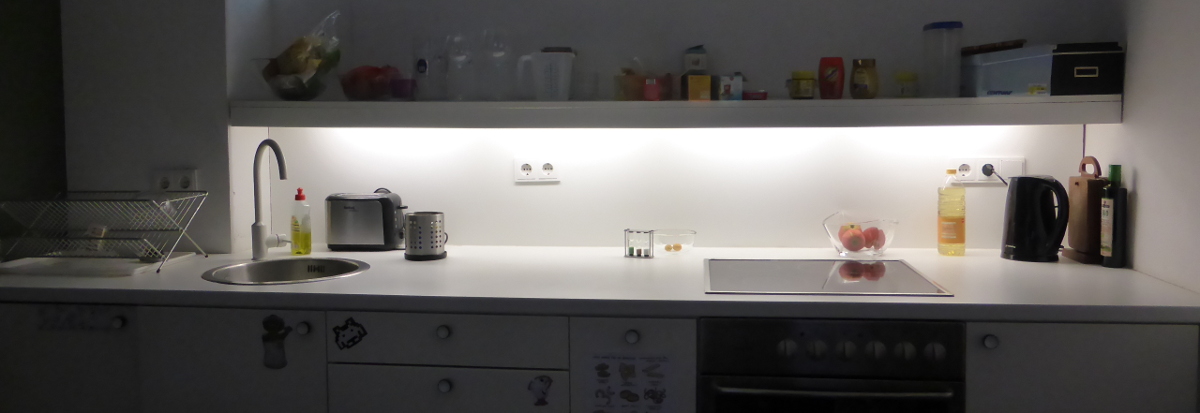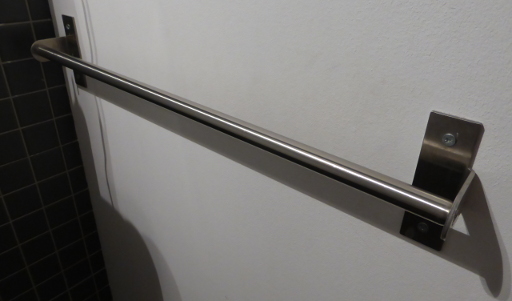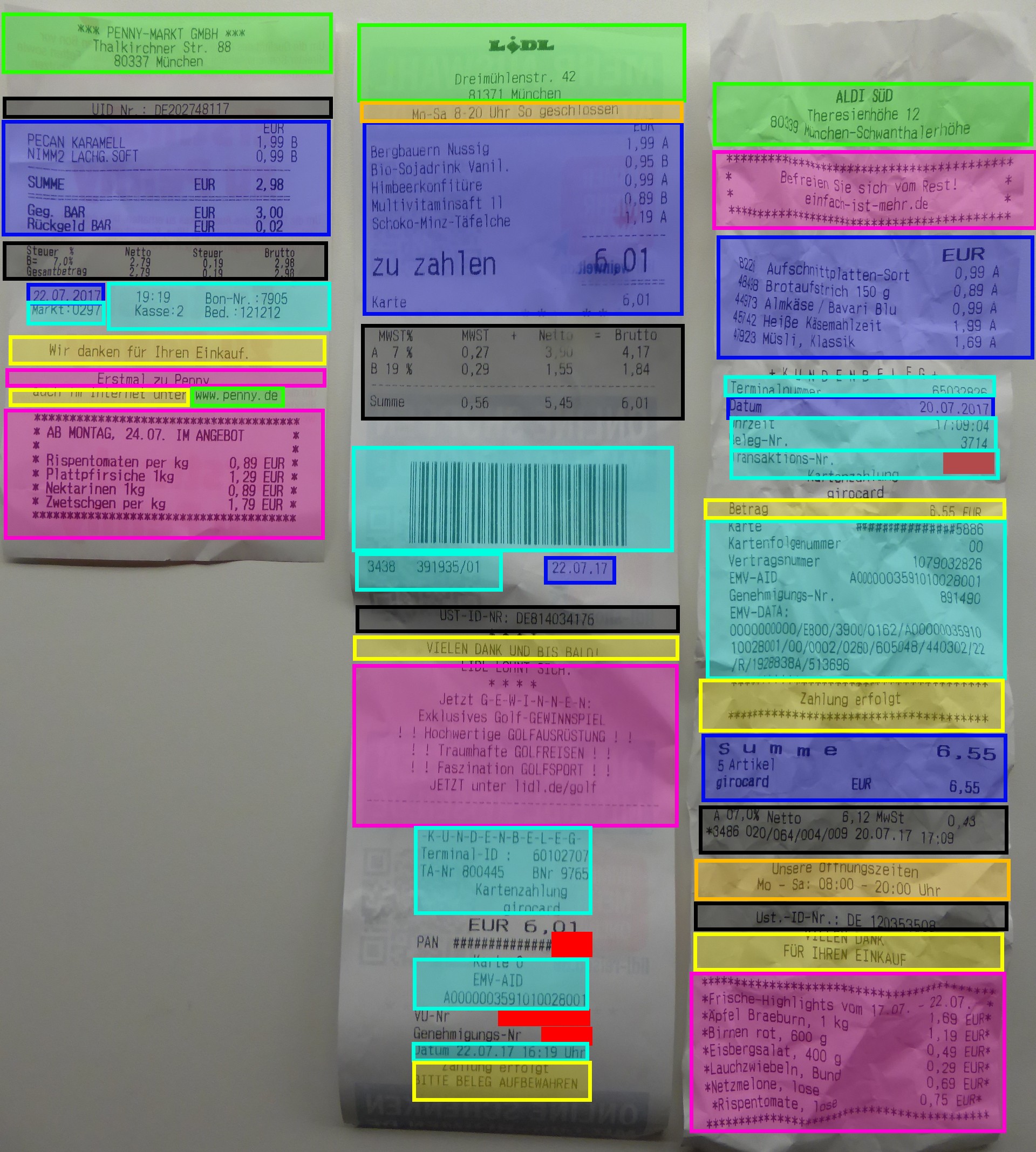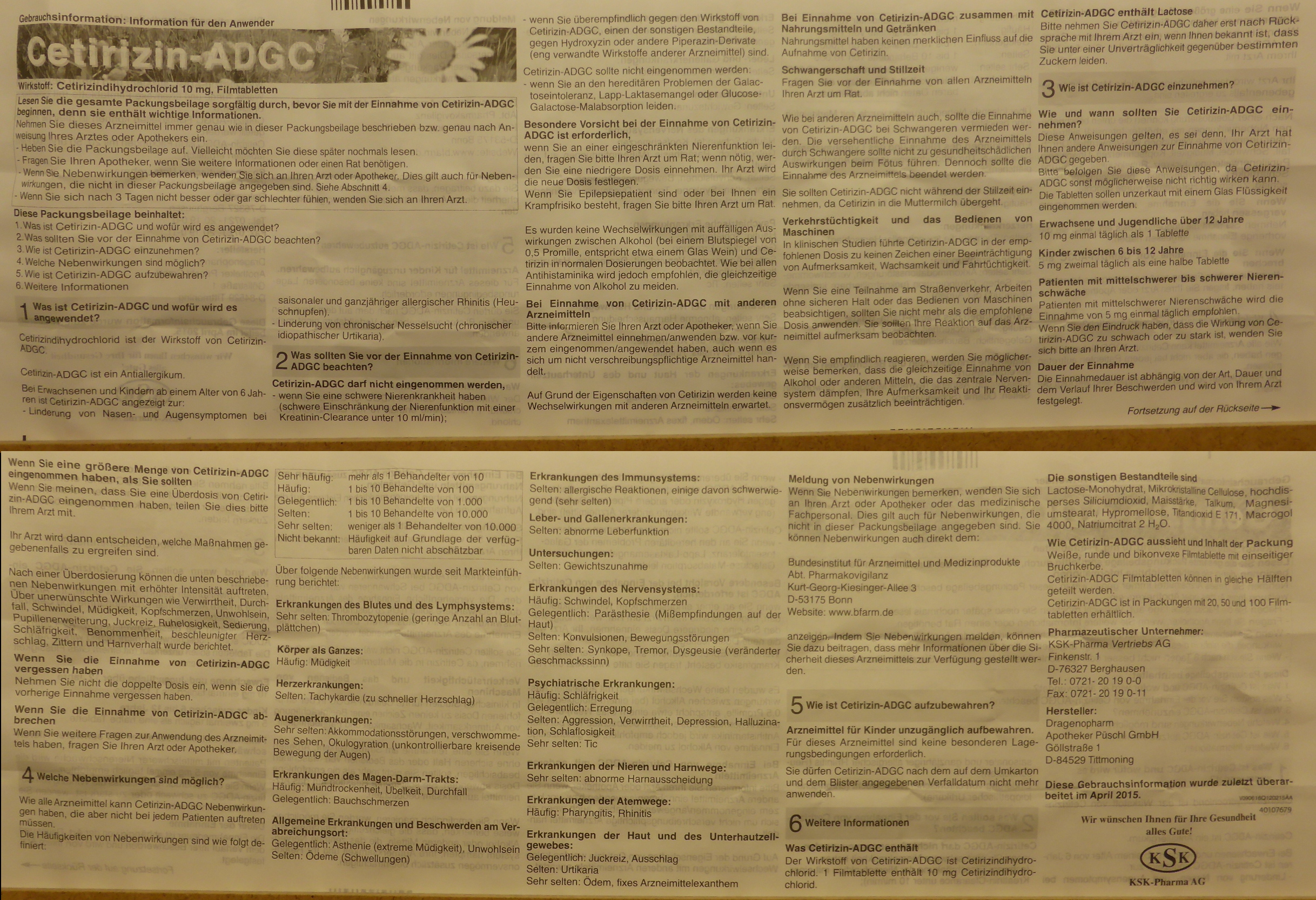Most people think about really fancy things when they hear "design". Some think about Apple products, websites or art.
When I say design, I mean it as a very general concept. For this article, I mean usability. How to structure things. And things could be websites or phones, but also anything else.
This article is mainly an excercise for me to keep my eyes open and recognize good and bad designs in the wild.
Citys
Company buildings / stores should be placed towards streets. So people can easily see them. Living spaces should be in buildings in the back.
House
Kitchen
Let's take my kitchen as an example:

The general placement of the sink is good: You want to be able to have space on both sides so that you can have the dirty stuff on one side, clean it, and put it on the clean side. This way you don't have to lift anything dirty over the clean tableware. And you want to have the stove on the side where the dirty stuff is, because if you make something in the pan the fat could make the stuff around dirty.
But thinking a bit more about it, you can see a downside of this kitchen: The sink has no included rack. This means when I lift something out of the sink and put it on the table rack to the left, the table gets wet. Modern sinks all have this:

So the layout of a kitchen should be like this:

For me, it feels a bit more natural to take things from the right side, but the mirrored version is fine, too.
Dishwasher
- Count-Down: A timer which shows how long it takes until the dishwasher is finished is necessary if you don't live alone. This should have a big display.
- Sounds: Feedback is important for every design. One feedback channel is the sounds it makes. You need to know when you pressed a button, you need to know when the dishwasher starts. But the volume which feels good depends very much on the person. And for some actions, like the button presses, you might not even need a sound at all.
A negative example is the "EXQUISIT GSP 9112.1".
Doors
- Doors should never open to the corridor. People might go fast through corridors and opening doors could cause injuries.
Residential buildings:
- It should be possible to open a door a bit more than 90°. If it is opened like this, the door should be placed wide enough away from the next wall so that you can put a small shelf behind it.
Bathroom
- Shower curtains: Do not use them. They are cheap, yes. But they get pulled in by the temperature difference. They look bad. They get dirty and have to be replaced.
- Washing machines: They should always have a display which shows how long they need to finish.
- Towel racks: They should not be smooth. A little bit of structure prevents the towel from too easily falling off

Receipts
Receipts are designed quite bad. In order to give you a feeling for it, have a look at the following:

- Useful for the customer
- Green: Adress
- Orange: Opening times
- Blue: What was bought and when
- Black: Might be required by law
- Trash for the customer:
- Pink: Advertisement
- Turquoise: Might be useful for the company; information about the transaction
- Yellow: Trash for everybody
How could it be done better?
Just design it like a letter:
- Adress and opening times at the top (Lidl has a good format)
- Then the Date
- Then what was bought (again, Lidl has a good format there - make the end price significantly larger than the rest)
- Put legal stuff next
- Put stuff you need for your busines last
And especially: Reduce everything which might not be necessary for the customer to a minimum.
Medicine Package Inserts

There are a couple of things to notice here:
- A lot of text
- Only in German
- No (obvious) way to find it in another language
I would expect the following:
- Make the name very obvious ✔
- Add an URL where you can download the receipt as a (searchable) PDF ✘
- Make blocks for important sections ✔
- Use standardized icons for some sections:
- Pregnancy (there is a Unicode symbol)
- Interactions with other medicine (e.g. ⇄)
- What it is for (e.g. 🛈)
- How / when / how much to take (e.g. ⏰)
- Interactions with preconditions (e.g. 🤒 or 😷 or 🤕)
- Driving and heavy machineary (e.g. 🚗)
- Storage (e.g. ❄)
- Possible side-effects (e.g. 💊 → 🤒)
- Add a description how the medicine looks like!
Laptop
An office laptops (for work / studying) needs to have the following:
- Easy possiblity to connect to beamers
- Easy to carry
- Lightweight enough, including all power supplies / adapaters
- Easy to grab, even if you have multiple other things to carry
- Power supply: For gods sake, make standardized power supplies! I understand that we need more than one (e.g. office laptops vs. gaming laptops)... but certainly we do not need more than 5! It was possible for smartphones with the common EPS (yes, Apple has a bad design here again), so please make something similar for laptops too.
- Touchpad: Add a hardware switch for enabling / disabling it.
Software
Interactive Shells
Stolen from Amjith Ramanujam - Awesome Command Line Tools:
- Persistent History
- History Search
- Auto-Completion
- Minimal Config
- Syntax Coloring
For Python, you can use the prompt toolkit for the prompt options and Pygments for syntax highlighting.
Bicycle
- Kickstand: there are side stands and center stands... in German, it is pretty confusingly named. I have a "Seitenständer" and it is mounted in the center. I look at images on Google and in English it seems to be called as I expected. Fischer Seitenständer 85995 (18.69 EUR) is pretty awesome.
- Valve stem: The Schrader valve (German: "Autoventil") is standard for cars around the world. I haven't heard a good reason for having any other valvues (e.g. Dunlop).